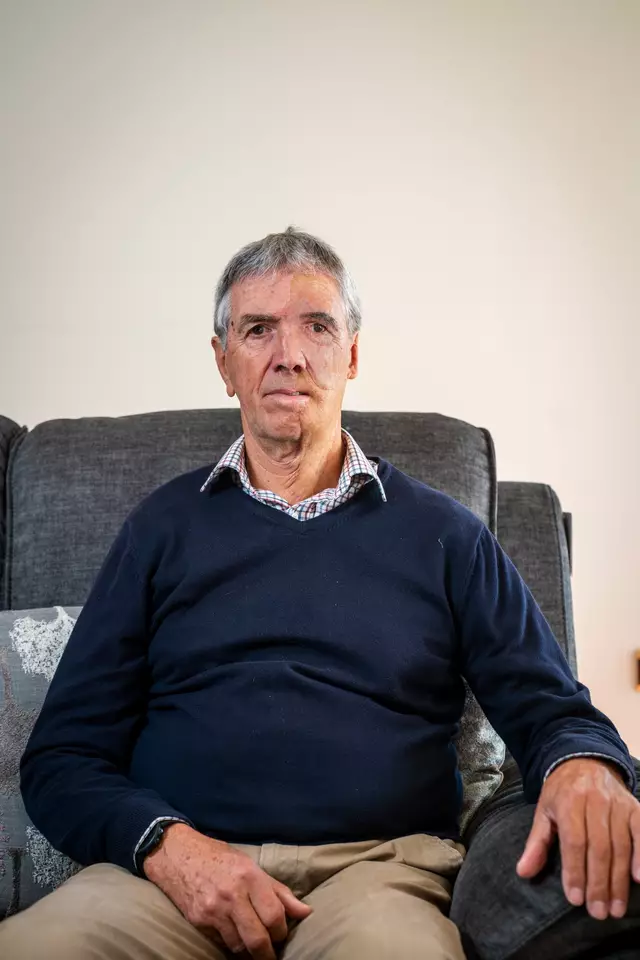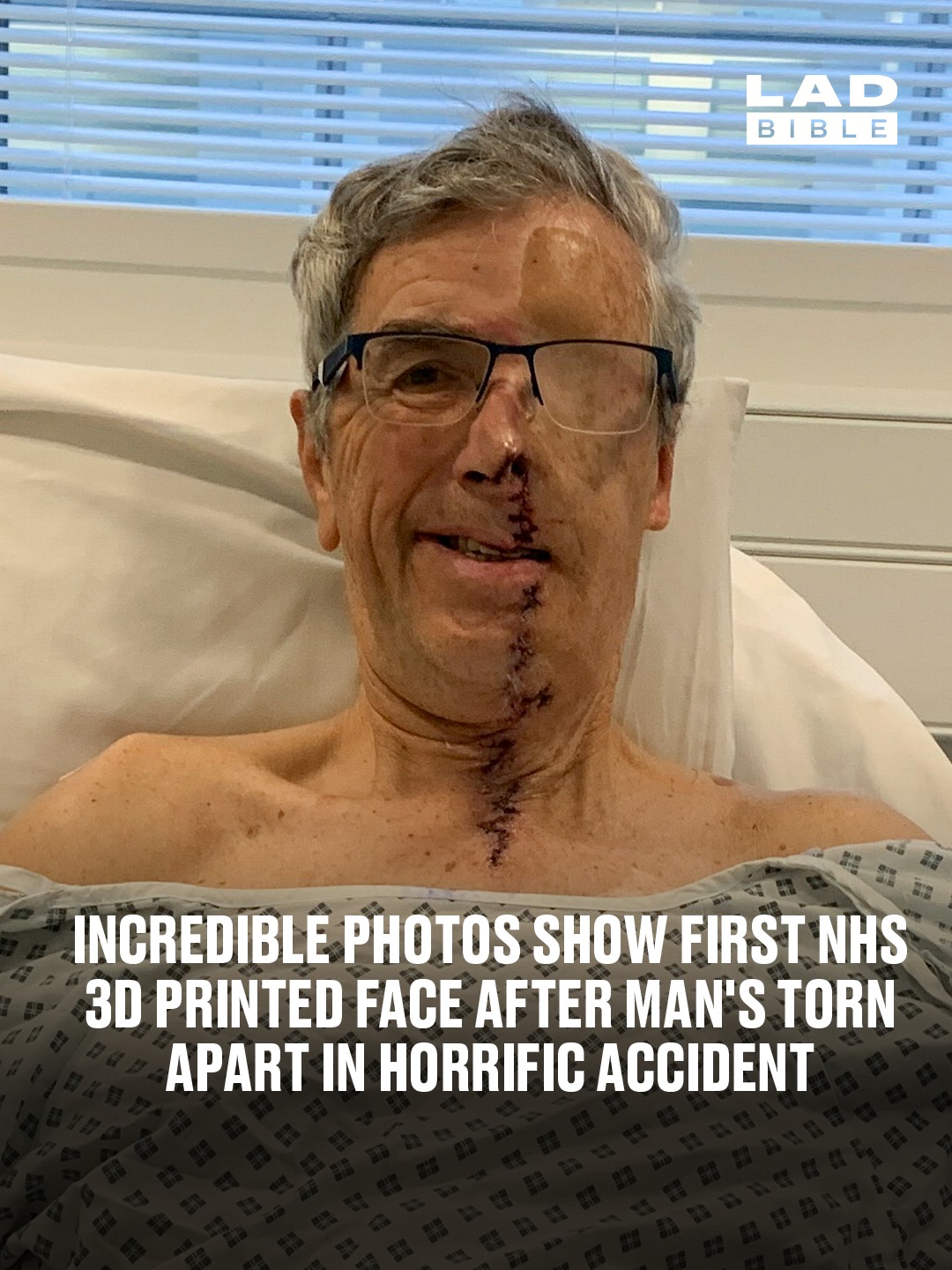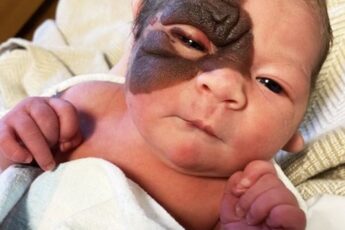In a remarkable leap forward for reconstructive medicine, the NHS has celebrated a milestone achievement—its first-ever 3D-printed facial reconstruction. The breakthrough has not only restored the face of 75-year-old Dave Richards, but also given him back something far more profound: his confidence, his sense of identity, and his hope for the future.
Dave’s life took a devastating turn in 2021 when a leisurely cycling trip ended in tragedy. He was struck by a drunk driver and became pinned beneath the vehicle. The impact left him with extensive injuries—severe facial burns, crushed bones, and disfigurement that no one could have been prepared for. “It was like being trapped in a nightmare,” Dave recalled. “One moment I was cycling, the next I was fighting for my life.”
Following the accident, Dave underwent multiple life-saving surgeries. The most complex was a free flap operation—a delicate procedure where tissue is taken from another part of the body to reconstruct damaged areas. In Dave’s case, it was used to rebuild one entire side of his face. The team at Bristol’s Reconstructive Prosthetics Centre, known for their precision and compassion, worked tirelessly. But as remarkable as traditional surgical techniques are, there came a point where they could only do so much. That’s when they turned to a new frontier: 3D printing.
For patients like Dave, who require both functional and aesthetic restoration, standard prosthetics often fall short. Skin tone mismatches, rigid structures, or ill-fitting components can lead to discomfort or draw unwanted attention—reminders of trauma rather than sources of healing. Recognizing this, the medical team decided to explore cutting-edge 3D technology, hoping it could provide the missing piece.
The process began with high-resolution scans of Dave’s undamaged features. These digital blueprints allowed specialists to precisely map the contours of his face, creating a mirror image of what had been lost. Using resin-based 3D printing, they crafted a bespoke prosthetic with astonishing accuracy—not just in shape, but in texture, color, and tone. Every detail mattered. The prosthetic matched Dave’s skin so closely it was nearly indistinguishable. Hair and eye color were replicated down to the slightest variation, allowing the final piece to blend seamlessly with his natural features.
“When I first saw it, I was speechless,” Dave said, describing the moment the prosthetic was fitted. “It didn’t just look like me—it felt like me. It gave me my confidence back. I could look in the mirror and see myself again.”
Amy Davey, Senior Reconstructive Scientist at the centre, emphasized the transformative nature of the technology. “What makes 3D printing so powerful is its ability to be tailored to each individual,” she explained. “This isn’t a one-size-fits-all approach. We can customize everything, making implants safer, more durable, and more lifelike than ever before.”
Beyond its physical benefits, the technology opens new emotional doors for patients. Rebuilding a face is not just about restoring appearance—it’s about reclaiming identity, dignity, and self-worth. For someone like Dave, who once avoided public spaces and shied away from social interactions, the transformation has been profound. He now participates in community events, spends time outdoors, and talks openly about his journey.
The medical community is equally optimistic. This case has paved the way for a future where 3D-printed prosthetics could become a standard part of care for trauma survivors, burn victims, or those with congenital facial differences. The ability to recreate the human face with such nuance and fidelity offers new hope for countless others who face similar challenges.
As for Dave, his recovery continues, but he faces each day with a renewed spirit. “It’s been a long road,” he said, “but I’m incredibly grateful to everyone who helped me. The 3D work opened up a whole new world of possibilities. I didn’t think I’d ever feel like myself again—but now, I do.”
This groundbreaking achievement not only marks a significant advancement in medical science, but also stands as a testament to the power of innovation, perseverance, and the deep human need to heal—not just the body, but the soul.



